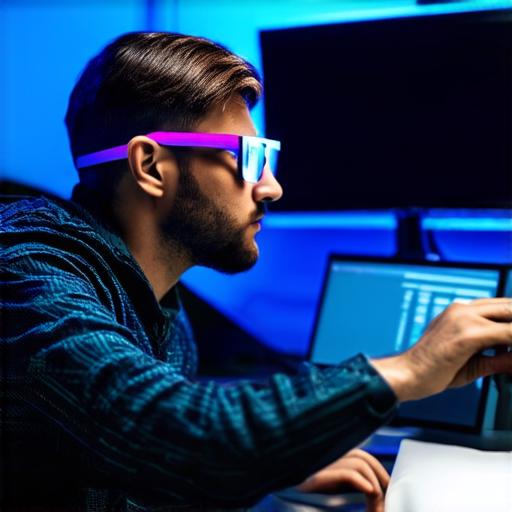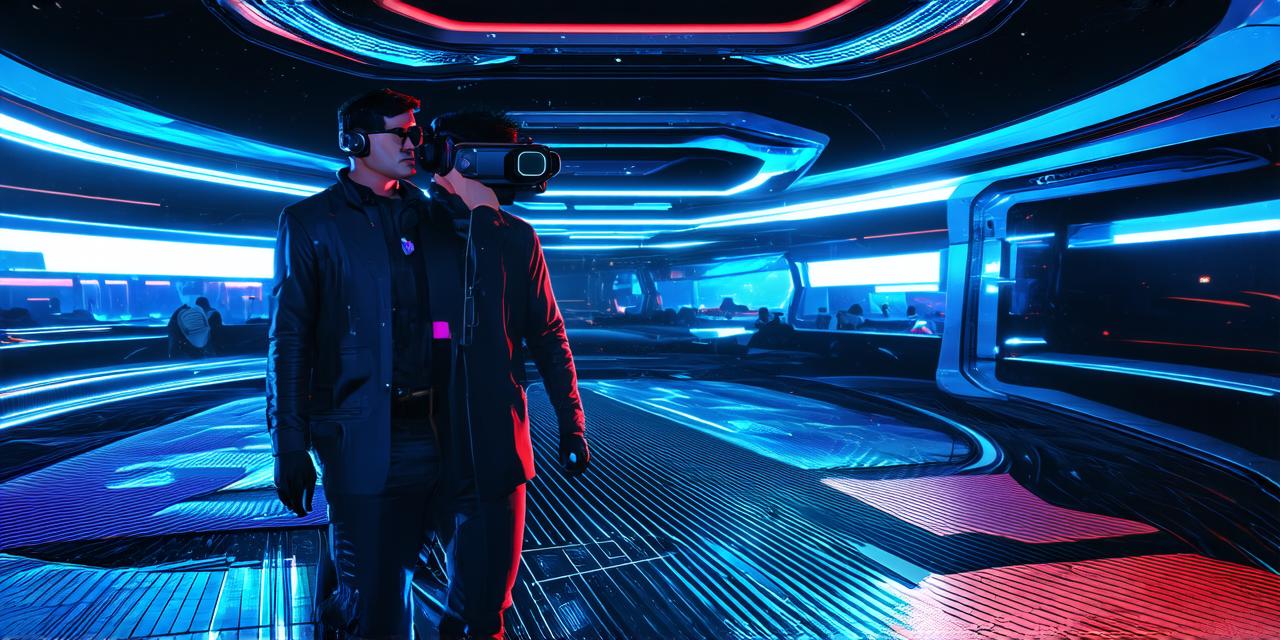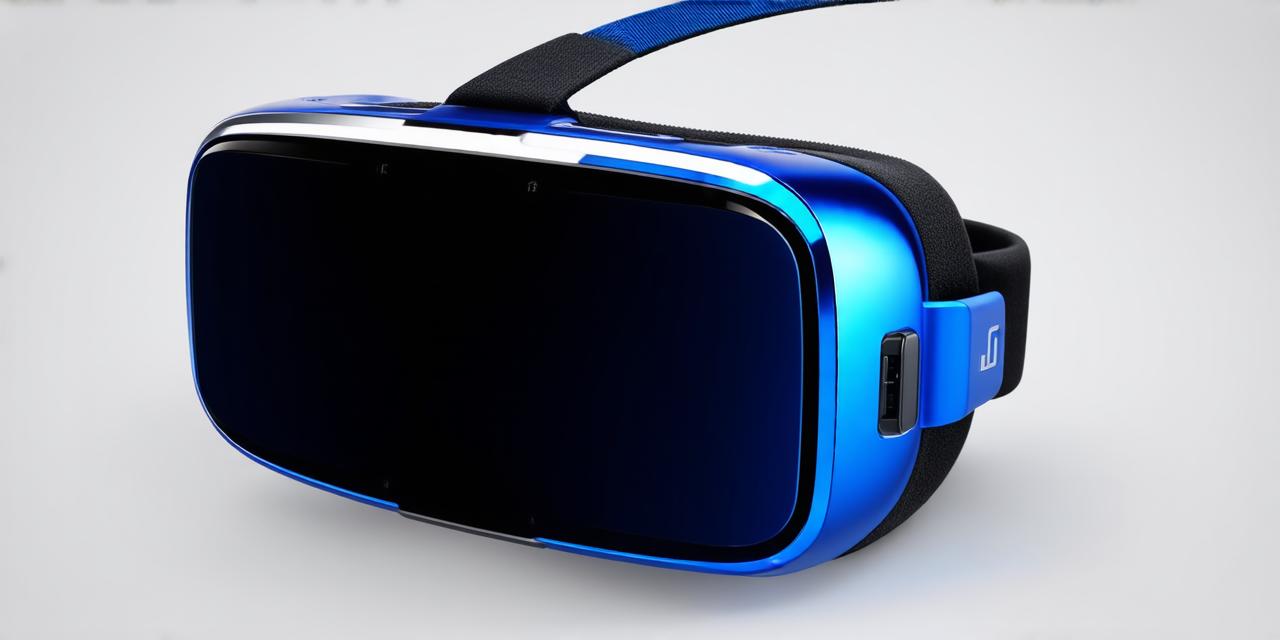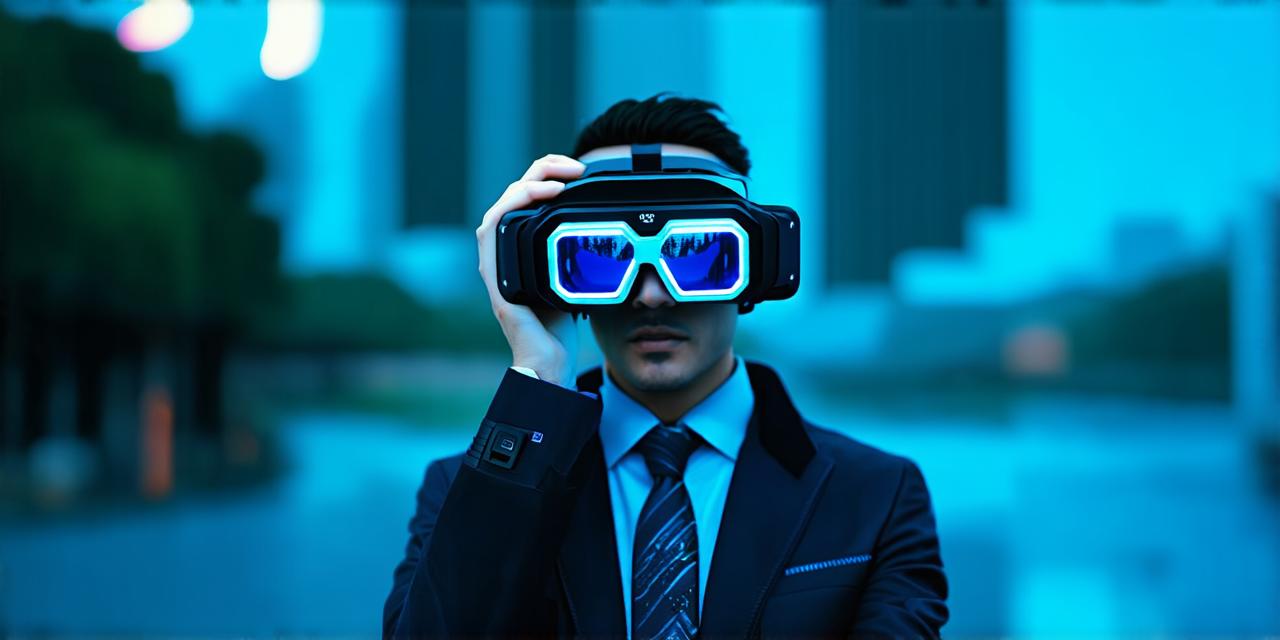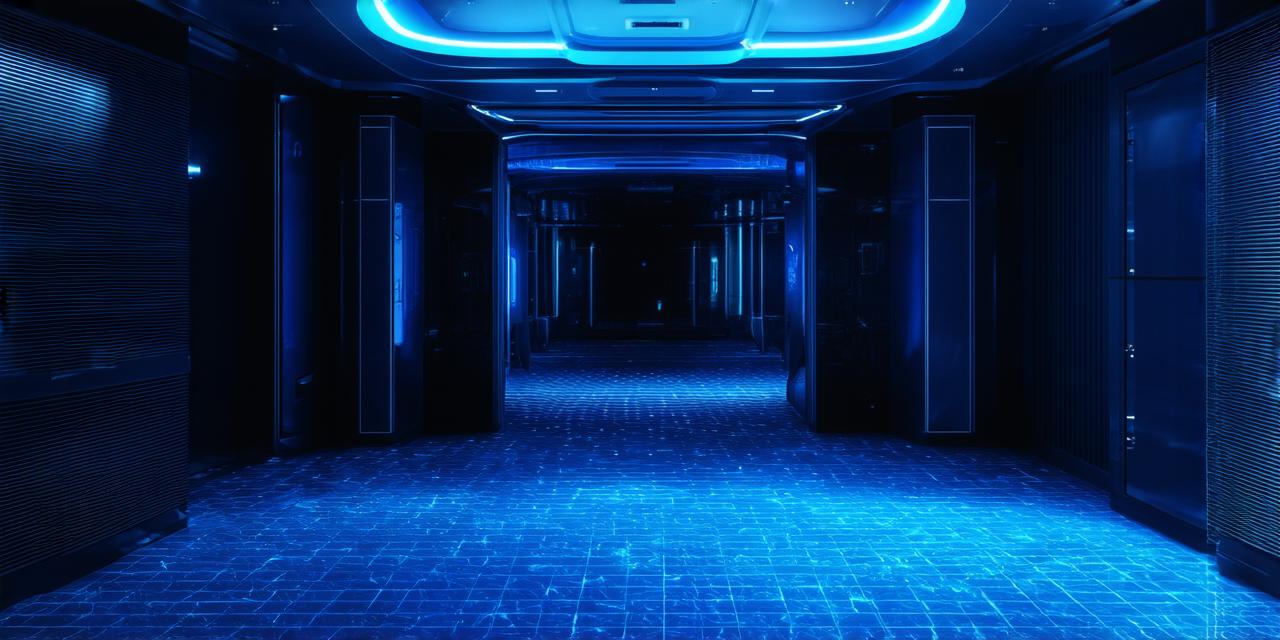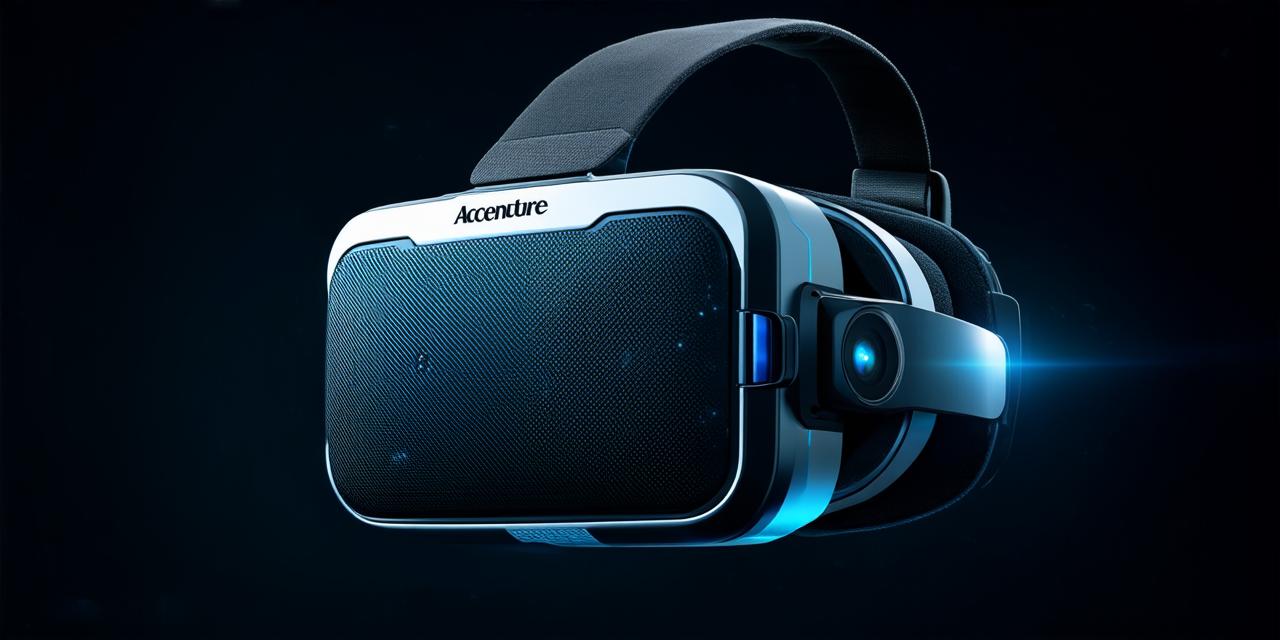What is Augmented Reality?
Augmented reality (AR) is an interactive experience where computer-generated images and information are superimposed on or integrated with real-world objects. AR technology allows us to enhance our perception of the physical world by adding digital elements to it, such as graphics, animations, and other data. AR applications can be accessed through smartphones, tablets, and other devices, making them accessible to a wide range of users.
One of the most popular examples of AR technology is Snapchat filters. These filters add fun and interactive elements to photos and videos, such as virtual objects, animations, and effects. Another example of AR technology is Pokemon Go, a mobile game that uses GPS to bring digital creatures into the real world, allowing players to hunt for them in their surroundings.
What is Virtual Reality?
Virtual reality (VR) is an immersive experience where users can interact with a simulated environment that resembles the physical world. VR technology uses sensors and headsets to track the movements of the user, creating a realistic sense of presence in a virtual world. In VR, users can interact with digital objects, navigate through virtual environments, and even engage in physical activities like running, flying, or swimming.
VR applications have a wide range of uses, including gaming, education, healthcare, and training. For example, surgeons can use VR to practice complex procedures, allowing them to gain valuable experience without risking patient safety. Similarly, pilots can use VR simulations to practice flying, improving their skills and reducing the risk of accidents.
What is Mixed Reality?
Mixed reality (MR) is a technology that combines elements of AR and VR, allowing users to interact with both real-world objects and virtual environments. MR technology creates an interactive experience where digital objects are integrated into the real world, creating a seamless blend of virtual and physical elements.
One of the most promising applications of MR technology is in the field of design and architecture. Architects can use MR technology to create realistic 3D models of buildings and other structures, allowing clients to explore and interact with them in a virtual environment. Similarly, interior designers can use MR technology to visualize furniture and decor elements in a room, making it easier for clients to make informed decisions about their home design.
The Future of AR, VR, and MR
AR, VR, and MR are rapidly evolving technologies that have enormous potential across various industries. As these technologies continue to advance, we can expect to see more innovative applications and use cases emerge. For example, in healthcare, AR technology can be used to create virtual reality simulations of medical procedures, allowing doctors to practice and improve their skills without risking patient safety.
In education, VR technology can be used to create immersive learning experiences that allow students to explore historical events, scientific phenomena, and other subjects in a realistic virtual environment. Similarly, in training, VR simulations can be used to teach workers how to perform complex tasks in a safe and controlled environment.
In the field of entertainment, AR and VR technologies have already transformed gaming and media consumption. In the future, we can expect to see even more immersive and interactive experiences that blur the line between reality and virtual worlds. For example, AR technology could be used to create virtual concerts and other live events, allowing fans to experience them as if they were really there.
Summary: The Power of AR, VR, and MR
AR, VR, and MR are powerful technologies that have enormous potential across various industries. By superimposing digital elements on real-world objects or creating immersive virtual environments, these technologies can enhance our perception of the physical world and transform the way we interact with it. As these technologies continue to advance, we can expect to see more innovative applications and use cases emerge, changing the way we live, work, and play.
FAQs:
* What is the difference between AR, VR, and MR?
AR superimposes digital elements on real-world objects, VR creates immersive virtual environments, and MR combines both.
* What are some common applications of AR, VR, and MR?
AR is used in gaming, education, healthcare, and design; VR is used in gaming, education, healthcare, and training; and MR is used in design and architecture.
* How do AR, VR, and MR work?
AR uses sensors and cameras to superimpose digital elements on real-world objects, VR uses sensors and headsets to track movements and create a virtual environment, and MR combines both AR and VR technologies.
* What is the future of AR, VR, and MR?
The future of AR, VR, and MR is likely to see more innovative applications and use cases emerge across various industries, including gaming, education, healthcare, and design.
